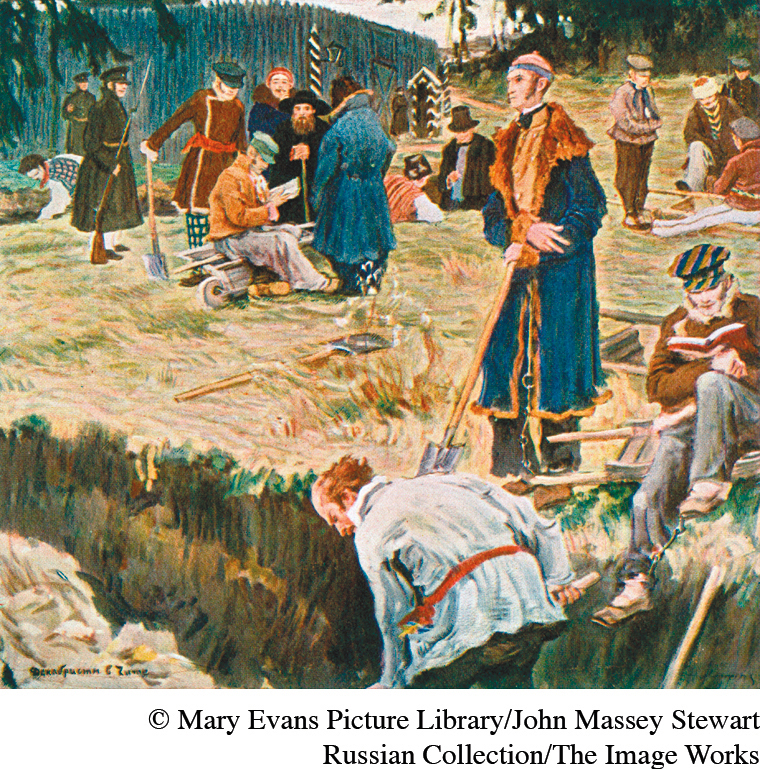ZOOMING IN: The Russian Decembrist Revolt

It must surely rank among the world’s shortest and least impressive revolts. On December 26, 1825, a group of radicalized military officers persuaded around 3,000 Russian soldiers stationed in the capital of St. Petersburg to stage an uprising, refusing to swear an oath of allegiance to the new tsar, Nicholas I. But expected reinforcements never arrived, and several of their leaders deserted the cause. Soon some 9,000 soldiers loyal to the tsar had reached the square where the rebels were assembled, together with the tsar himself. After some hesitation and failed negotiations, Nicholas ordered artillery fire, and soon about seventy of the rebels lay dead. The rest scattered and the uprising was over, in less than a day. This was the Decembrist revolt, named for the month in which it occurred.
Many of those who planned and executed this uprising were well-
When these officers returned to Russia, some of them formed a secret society known as the Union of Salvation, whose goals were to bring Enlightenment sensibilities to life in their homeland. But they differed on precisely how to do so. Some favored gradual change toward a constitutional monarchy along British lines. Others were more radical, seeking to overthrow the tsarist regime altogether: they wanted to kill the royal family, establish a republic, abolish class distinctions, and end serfdom immediately. Growing frustration with the reactionary and repressive policies of Tsar Alexander I inclined this small cadre of revolutionaries to action. Alexander’s death in November 1825, followed by a confusing succession struggle, provided the occasion for that action. And so they struck in the abortive uprising of December 1825. The revolt itself marked the first open breach between a section of the educated Russian nobility and the tsarist regime, a gulf that grew much wider over the next century. But its quick failure demonstrated how little social support the rebels enjoyed.
Russian authorities arrested hundreds of participants in the revolt, and the tsar himself interrogated their leaders. Five were executed, others were imprisoned, and over 100 were sent to live in exile in Siberia, including a number of high-
But erasing memory is more easily declared than accomplished. The Decembrists in fact gained a nearly mythic status among a segment of the Russian intelligentsia, many of whom felt increasingly alienated from their autocratic regime. Through veiled references in literary publications, in letters among members of the elite, and by word of mouth, the Decembrists came to symbolize an untarnished heroic morality in sharp contrast to a corrupt and repressive society.20 They provided inspiration when the revolutionary impulse resurfaced in the 1860s to 1870s.
This shining image of the rebels also gained strength from their behavior in Siberian exile. While sentenced to hard labor and living under close supervision, they were able to establish schools, clinics, theaters, and libraries; organize symposia and concerts; and introduce modern agricultural innovations. To identify with the poor, some dressed like peasants and refused to trim their beards in proper aristocratic fashion.
The wives of these upper-
Although an obvious failure at the time, the Decembrist uprising looked both backward and forward. It represented a distant echo of the earlier French Revolution, and it marked the beginning of a Russian revolutionary movement that came to fruition only in 1917.
Question: Are failures or dead ends in history worthy of the same consideration as more successful ventures? Why or why not?